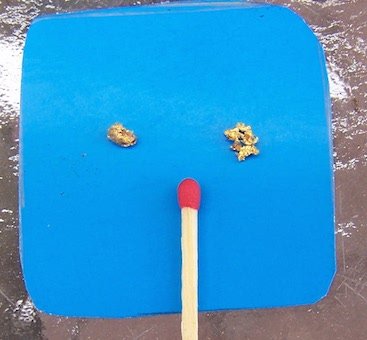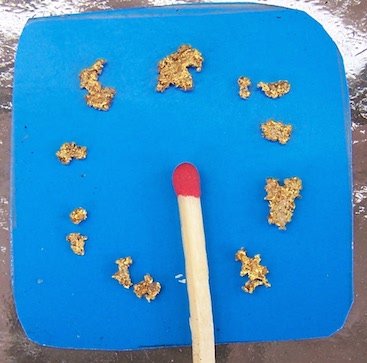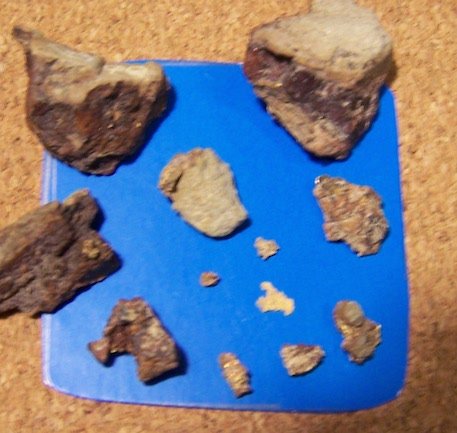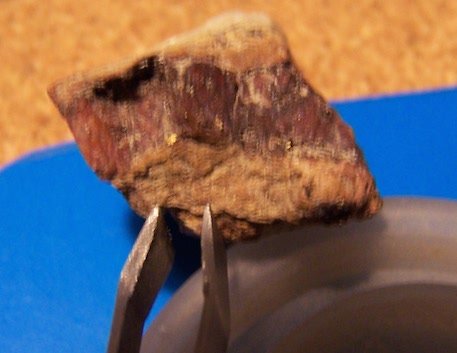G'day Bob,
I have been following this thread for a while now and it is great to see you persisting with the EG and getting out there when ya can, using your noggin to track down the gold.
I have been detecting since I was about 12 and have loved gold prospecting with a passion since then too.
I think it was about 1988 when I got my first detector and slowly advanced from a Tandy Electrics job to a Whites, then a Garrett Deepseeker and then the XT17000 so I had to learn the ropes on vlf's back when they were king.
I also consumed Gold Gem and Treasure magazine and followed the advancement of Minelab with keen interest from the days of the 15000.
I found my first nugget with the Deepseeker, a .4 gram piece, and also found some great gold with the XT including my biggest nugget to date of 12 oz at Waanyarra.
I then advanced to a SD2100 and then on to the 2200, Extreme, 3000. I found good gold with each of them over the years.
I have been out of the detecting game for about 5 years and did some panning and cradling for a while before deciding to buy a Eureka Gold for bedrock sniping etc.
A have only found 1 bit with it at about .1 of a gram!
And now I have decided to focus on the larger gold in overlooked areas and spots that are unworkable with the PI's due to electrical interference so I have purchased an 11 inch coil and am going to do some spots in Central Vic that yielded big gold. Might even purchase a WOT coil at some stage.
I love what Argyle wrote concerning technique and ground coverage.
It was also interesting to see him state that the EG can detect big gold deep in heavy ground when set up right so I am looking forward to putting that to the test in these areas using the motto "technique over technology".
I used to turn my nose up at the small gold even though it became all the rage as detector manufacture focused on smaller and smaller gold. It seemed a lot of people were happy to find the small stuff.
I then did the cradling and bought the EG and focused on the little stuff for about 3 months but am over it now so will concentrate on the big ones again. By big I mean anything over 5 grams but especially the multi oz nuggets which are few and far between now but still worth looking exclusively for.
I did some air tests with the 11 inch coil between the 20 khz and 6.4 and found that the 20 is better than the 6.4 for anything below about 3 grams, and then they are on a par until the 6.4 kicks in and starts to beat the 20 from about 6-8 grams up so I will be using the 6.4 exclusively now knowing that there will only be about an inch or two of ground that it is not reaching the sub 3 grammers as well as the 20khz, but that if there are larger ones down there it will ping them way better than the 20.
Call me a stick in the mud but I love the vlf's and am glad to be using one again! Gold is hard to find now no matter what machine you use so it's more about thinking outside the box and concentrating on flawless technique. It took me a bit to re-learn the detectors language again as the vlf's are so much noisier than the PI's but once you learn it it is quite workable in very hot ground. And if in doubt, dig it!
Have fun out there and may you see plenty of success.
Chris







